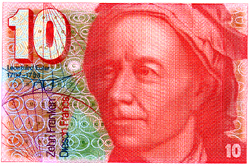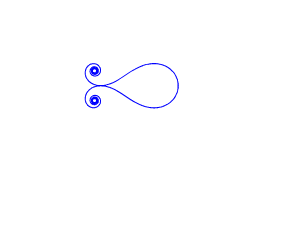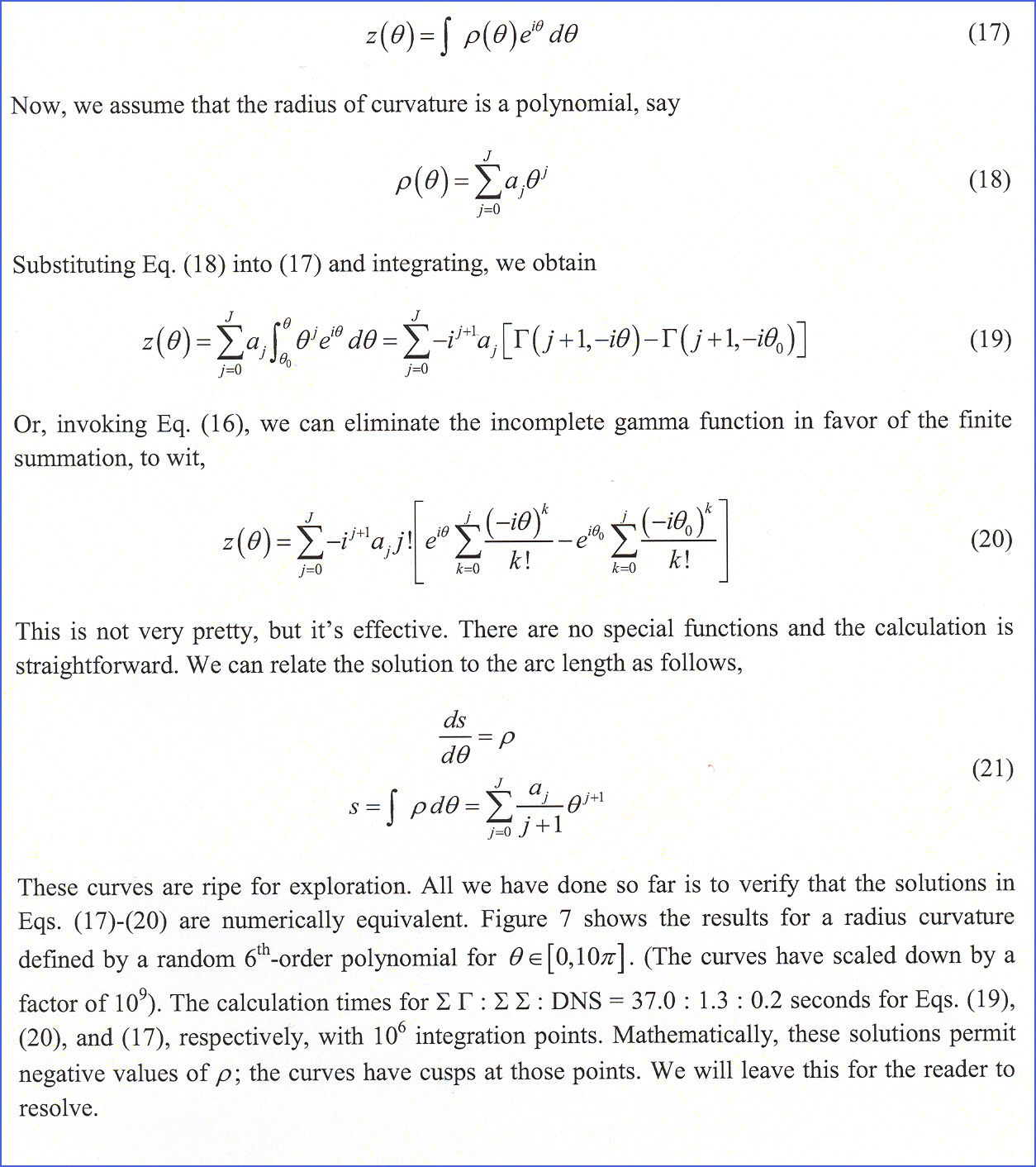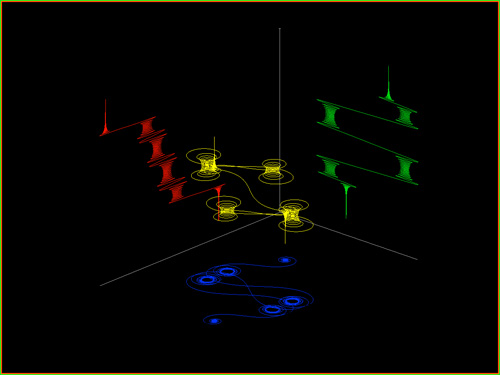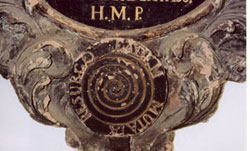A Polynomial Spiral is a generalization of the Spiral of Cornu, aka Euler's Spiral. Click here for the full article including Equations.
|
|||||||||||||||||||
|
||
| Burchard, H. G. et al. (1994). "Approximation
with Aesthetic Constraints," in Designing
Fair Curves and Surfaces: Shape Quality in Geometric Modeling and
Computer-aided Design, N. S. Sapidis, Ed., SIAM. Dillen, F. (1990). "The Classification of Hypersurfaces of a Euclidean Space with Parallel Higher Order Fundamental Form," Mathematische Zeitschrift, 203: 635-643. Gray, A., (1998). MODERN DIFFERENTIAL GEOMETRYof Curves and Surfaces with MATHEMATICA®, 2nd. ed., CRC Press. Olver, F.W. J., Lozier, D.W., Boisvert, R.F., and Clark, C.W., (2010). NIST Handbook of Mathematical Functions. Cambridge University Press. Yoshida, N. and Saito, T. (2006). "Interactive Aesthetic Curve Segments," The Visual Computer, 22 (9), 896-905. Ziatdinov, R., Yoshida, N., and Kim, T., (2012). Analytic parametric equations of log-aesthetic curves of incomplete gamma functions, Computer Aided Geometric Design, 29 (2), 129-140. Zwikker, C. (1963). The Advanced Geometry of Plane Curves and Their Applications, Dover Press. |
||
|
Sinusoidal Spirals: < ..//waldman/waldman.htm > Bessel Functions < ..//waldman2/waldman2.htm > Gamma Funcions < ..//waldman3/waldman3.htm > Other spiral Deposits in the NCB: < ..//spiral/spiral.htm > < ..//log/log.htm > |
||
|

|
 |
 2013 2013 |

